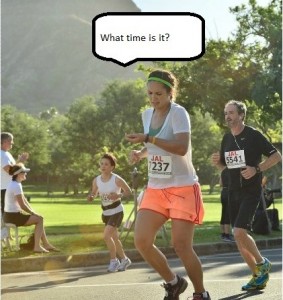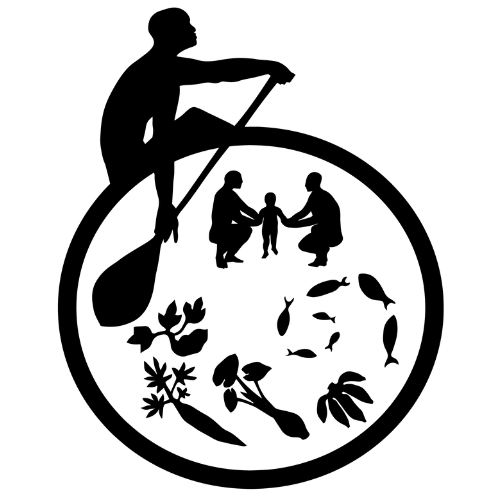
Assistant Program Director
Institution: University of Hawaii Manoa; Human Nutrition, Food and Animal Sciences
Education:
- BA: Biology, Double minor in Sociology and Native American Studies, 2004, Dartmouth College
- MS: Foods & Nutrition, 2007, Purdue University
- PhD: Health Promotion & Disease Prevention, 2011, Purdue University
- RD (Dietetic Internship 2011 Iowa State University)
What early experiences influenced you to work in childhood obesity prevention?
There are three major influences for my work: 1. My mom is the best cook. She inspired me to pursue a career related to food. If anyone asks me what I want to eat for my last meal I would say anything that my mom cooks. 2. My younger days as an NCAA Division I athlete. I was attuned to the relationship food has with performance. 3. Witnessing first-hand the burden that chronic diseases have on Native Hawaiians. Like many other Native Hawaiians, I have family members suffering from obesity, diabetes, heart disease and gout. Through the encouragement of healthy eating and activity behaviors in early childhood we can prevent these diseases in adulthood.
What advice would you give high school or undergraduate students that want to get into your professional field?
Passion, desire, motivation, and faith – these ideals will take you far! I cannot stress enough how important it is for my fellow Pacific Island people to be at the table to develop and implement programs, policies, initiatives, etc for the region. We are the ones that best understand our environments, culture, and people. I look forward to seeing more Native Hawaiian/Pacific Islander RDs, PhDs, MPHs, etc. making a difference in the health of our people.
What do you think the Pacific Islanders will gain from the CHL program?
CHL embraces the paradigm for training and research in the Pacific that focuses on the assets of the region. Since CHL looks to work alongside our partners in the Pacific, adapting those cultural practices and traditions that have keep Pacific people thriving over the centuries, I believe that capacity can be built for and by its people to become major role players in promoting health and improving quality of life.
What does an average day look like for you?
Well, my days are dictated by two things: 1. Avoiding Honolulu traffic and 2. Getting in a good workout in the morning. I wake up at 435 am and head to Manoa. I then either get in a good run or strength workout. I am at my desk about 7 am checking my email and eating my usual breakfast (oatmeal, milk, and fruit). My work day usually consists of meetings and finding time in between to get my work done and of course lunch! I try to leave the office about 4 so I can beat some of the traffic and return home to the beautiful windward side. My family often complains that I am Tupperware queen – I have breakfast and lunch dishes to clean! The evenings are spent cooking dinner and relaxing with the family. Bedtime is at 9 pm so I can repeat all over again!
What advice would you give caregivers of young children about best lifelong health practices related to CHL-connected efforts?
Be a role model for your child! Eat healthy and be active so your child is engaged to do the same!
What do you love about where you live (island, state)?
I was born and raised in Waiahole Valley on the Windward side of Oahu. I love the calm country lifestyle. There is nothing better than looking up at the Ko‘olau mountains on a clear day.
